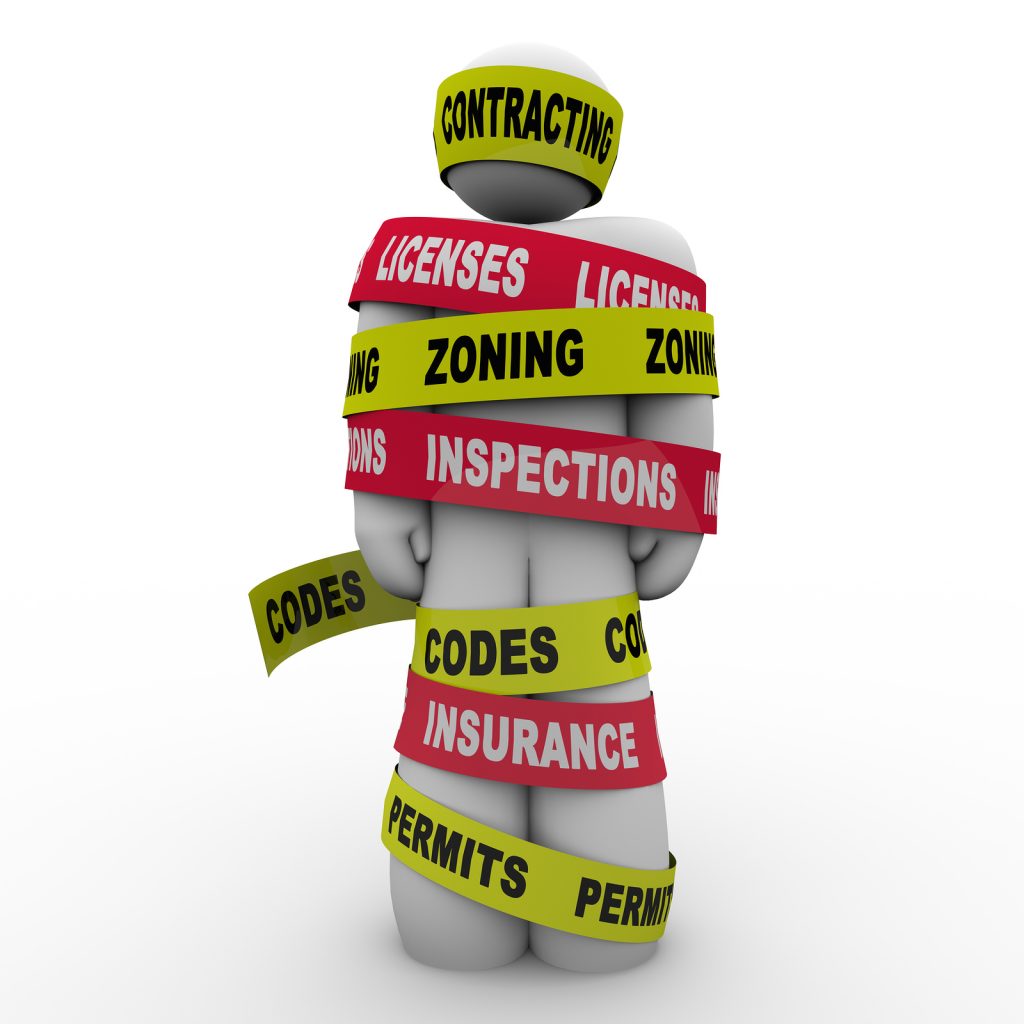There’s tiny home talk everywhere these days. The idea of paring down possessions and living a simpler life is certainly appealing. Unfortunately, not all communities around the globe are tiny home friendly when it comes to zoning regulations. Add in the current housing crunch and there is plenty of reason to rethink zoning regulations to make it easier for tiny homes to move into the area.

Zoning laws regulate how the land within a community can be used. They are quite different from building codes which detail how buildings must be constructed to meet building safety standards established on a local level. Building codes are similar around the world but zoning regulations are quite varied.
Zoning regulations are in place for many good reasons. They stipulate how wide roads must be to ensure that emergency vehicles can rapidly access homes in the area. In some cases, zoning laws dictate the minimum size home that can be built and occupied in an area which makes it difficult for tiny home owners to find land where they can park. Because tiny homes are built on trailers, they often fall under the rules and regulations governing recreational vehicles. In most cases, only temporary occupancy is allowed for RVs.
In the tiny community of Spur, Texas, the laws have been explicitly changed to allow tiny homes as primary residences, provided that the wheels be removed, the home be placed on a foundation, and that it is strapped to utilities. In many rural communities with few ordinances covering land use, the situation is even more amenable. Tiny home owners can buy land and permanently live in the area with no need to alter their home by removing the wheels.
Minimum home sizes are a major obstacle since tiny homes will never be large enough to reach the minimum square footage of 440, which is the case in many communities. This minimum square footage regulations are designed to keep the average property values in many upscale communities high. Property owners vigorously fight challenges in these areas and tiny homes are not welcome.
However, when tiny homes are used as accessory dwelling units (ADU), homeowners are often able to park them in their backyards and allow family members or renters to live in them on a temporary basis. As the population ages, more families want to build in-law apartments and tiny homes are a very affordable option. Local zoning ordinances may limit the number of ADUs to one or may require that wheels be removed prior to approval. Other regions of the country strictly prohibit the addition of any additional dwelling unit on properties.
Since zoning regulations are so varied, it’s best to contact the local planning agency in your community. If the rules are too restrictive, it may be easier to select a different location for your tiny home. However, the laws are changing and by connecting with other tiny home lovers, you may be able to work together to change those regulations and start to live small.
